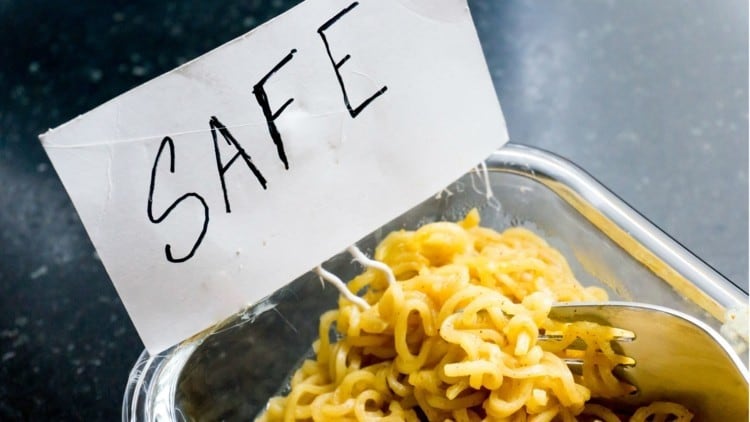The agency recently finalised the mapping for 1,525 imported food products into India to match those of the HS Code system, culminating in an overhauled list of ITC-HS (Indian Trade Clarification – Harmonised System) codes.
“[These finalised codes] will be implemented in the Indian Customs and Central Excise Electronic Commerce/Electronic Data interchange (EC/EDI) Gateway (IceGate) and the Indian Food Laboratory Network (INFoLNET),” said FSSAI Director (Imports) Dr Amit Sharma via a formal statement.
“All [parties] concerned [may] crosscheck the mapped ITC-HS codes with the [correlating] Food Code System (FCS) and Food Safety and Standards (FSS) Regulation number.”
FSSAI Chairperson Rita Teaitoa said in a press conference earlier this year that this food code mapping aimed to ensure ‘uniform testing protocols’ for both imported and local food products and to strengthen the food safety system based on this.
“[What] we are doing is mapping our own classification of the products to the HS Codes. Once codification becomes uniform, the testing and sampling processes will be standardised for both imported and domestic products,” she said.
“This will help in making testing methodology and protocols uniform.”
Within the 1,515 products, food and beverage products were separated into over 20 categories. The most products mapped fell under the fish and seafood category (468) followed by processed plant products (309) and fats and oils (269).
Other significant categories included fruits and nuts (194), coffee tea and spices (163), processed meat and seafood (155) and beverages, vinegar and spirits (160).
Differences between ITC-HS and the international HS system
In terms of categorical comparison, the ITC-HS system has remained mostly faithful to the international HS Codes system, all the way down to the subcategory namings.
The key difference between this revamped system and the international one is the actual code numbering itself. The HS code comprises of six digits: The first two are the HS Chapter, the next two the HS heading, and the third two the HS Subheading.
For instance, the HS code for preserved sardines is 160413: 16 (Meat, fish or crustaceans), 04 (fish prepared or preserved), 13 (sardines whole or in pieces).
The ITC-HS code for the same product could be 16041310 or 16041320 depending on the specific type of sardine: Sardines, sardinella and brisling (10) or Sprats (20). The reasoning for this appears to be dependent on the food product’s previous classification under the FCS and FSS.
All ITC-HS codes contain either seven or eight digits – the first digit of the original HS code is removed if it is a zero.
Under the FCS coding system though, this would have been even more different: the FCS for preserved sardines ranges across five codes: 9.2.1, 9.2.5, 9.3.1, 9.3.2, 9.3.4. This is dependent on factors such as the type of processing and the type of fish used.
The FCS was built by FSSAI in 2012 based on the CODEX Food Categorisation System, also in hopes of promoting consistency between local and global food standards. It has not been confirmed whether ITC-HS will replace FCS overall and the latter will be made defunct, or it will continue to be employed for any purpose.
Although the revamped system would likely appear confusing at first to the uninitiated due to references to the FCS and FSS, it does appear to be much more uniform and convenient to use to correlate with HS codes as compared to using FCS.





